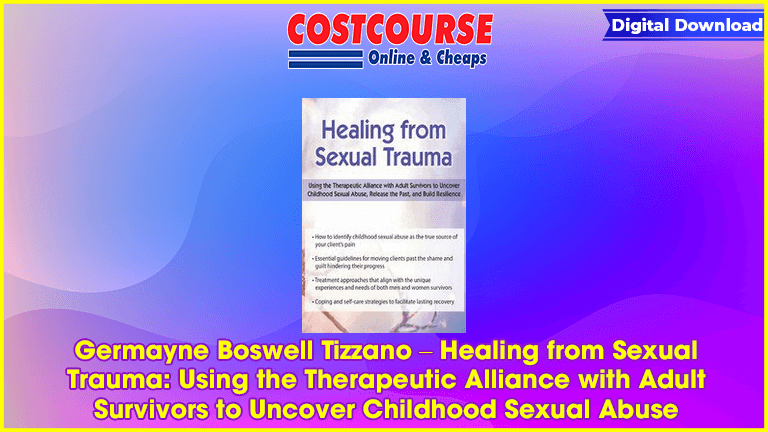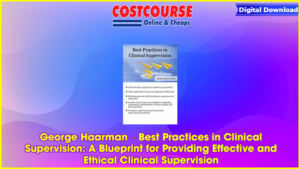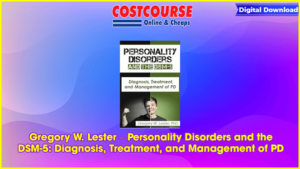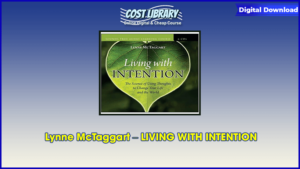Description
Your work is crucial to ending the pain of adult clients who come to you with depression, suicidal thoughts, post-traumatic stress disorder, addictions, and chronic health conditions.
Germayne Boswell Tizzano – Healing from Sexual Trauma: Using the Therapeutic Alliance with Adult Survivors to Uncover Childhood Sexual Abuse, Release the Past, and Build Resilience
But the source of your client’s suffering may not always be clear – silent and full of shame and guilt, survivors of childhood sexual abuse sometimes hide their traumatic past, thus frustrating your efforts to find the root of their problems. By focusing primarily on the more tangible symptoms, you could be missing the critical element you need to move therapy forward.
Through informed and uplifting didactic exercises, case examples and lectures, this seminar will show you how to establish a safe place for clients to confront the harm that has been done and to heal and restore a healthy sense of self. You will explore clinical interventions to support recovery, self-care, and transformation. Get ready to experience numerous breakthroughs with your clients, first in helping them acknowledge the source of their conflict and confusion and then giving them a clear vision of how to move forward and live full, meaningful lives.
Handouts
Manual – Healing from Sexual Trauma (13.17 MB) 68 Pages Available after Purchase
Outline
Helping Clients Confront Past Sexual Abuse
Childhood sexual abuse vs. other forms of sexual trauma
Definition, magnitude, perpetrators, circumstances, risk factors, signs of abuse
Listen to the narrative
The nuances of survival, resilience, and hope
Sexual Trauma, Neurobiology, and Implications to Work with Survivors
Neurological impacts of sexual abuse
Long-term behavioral, emotional, and physical effects of trauma
Body, trauma, and sexuality – Lessons from the perpetrator
Establishing a Therapeutic Alliance with Survivors
Effective guidelines for the therapeutic relationship in trauma work, safety and containment
Critical components to assess
Treatment objectives, phases, and the healing process
Comparative look at clinical interventions
Evolving practices of clinical interventions for survivors
Strategies for working with Survivors
Helping Survivors Navigate Difficult Realities
Complexities of sexual trauma, addiction, and sexuality
Re-victimization and recycling of abuse
Compulsion to repeat – domestic violence/intimate partner violence
Subsequent challenges in sexual intimacy and interpersonal relationships
Trauma and drug-linked triggers
Treating Men and Women Survivors
Key differences/similarities in men’s and women’s experiences with sexual trauma
Different responses and approaches to working with men and women survivors
Redefine masculinity and examine sex positive approaches to working with women survivors
Building Resiliency
Chronicling significant events that shape sexual values, attitudes, and beliefs
Psycho-education, wellness, coping and self-care strategies
Therapeutic tools and resources for recovery
Application of Clinical Knowledge with Case Examples
Reflections and implications for your clinical work








